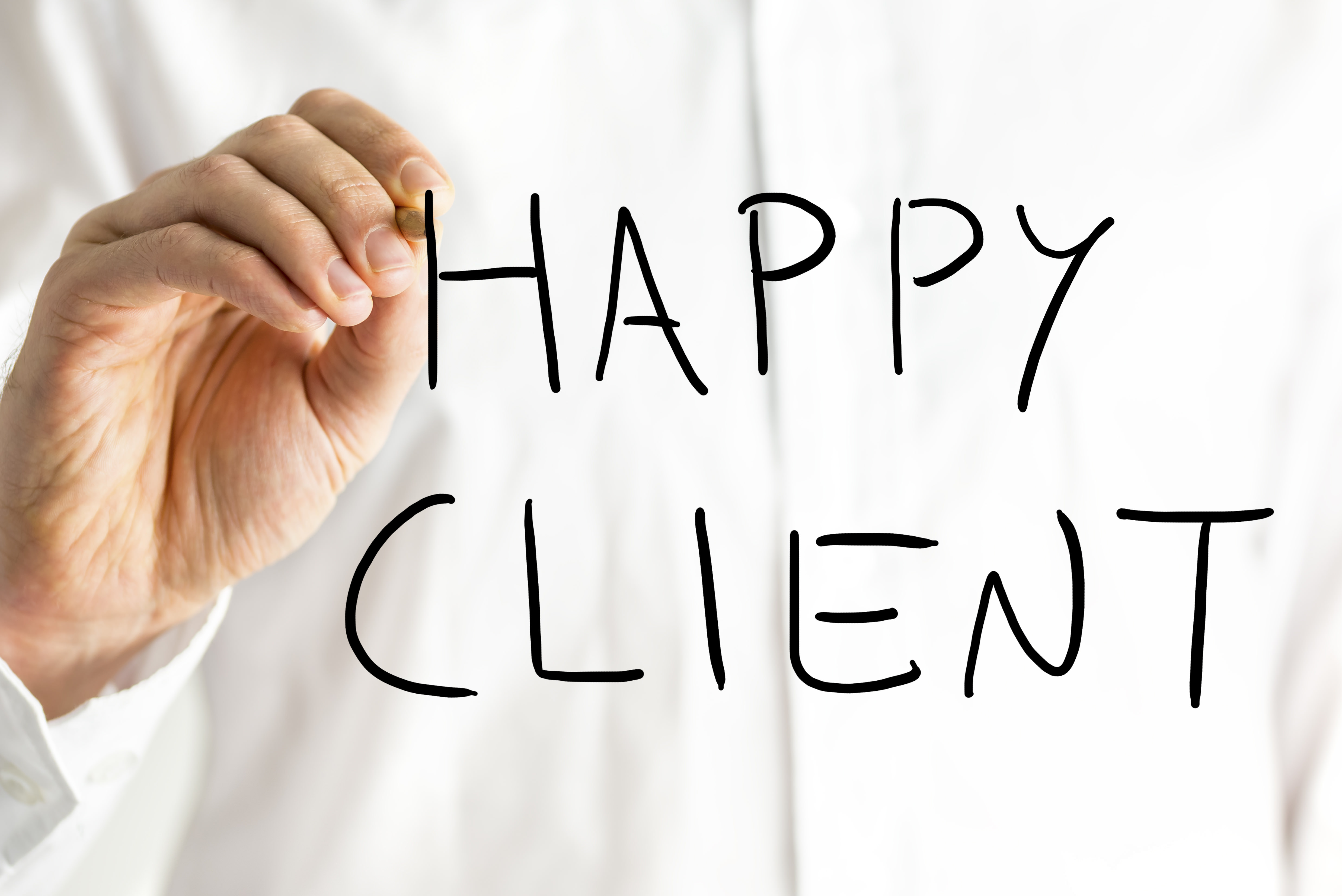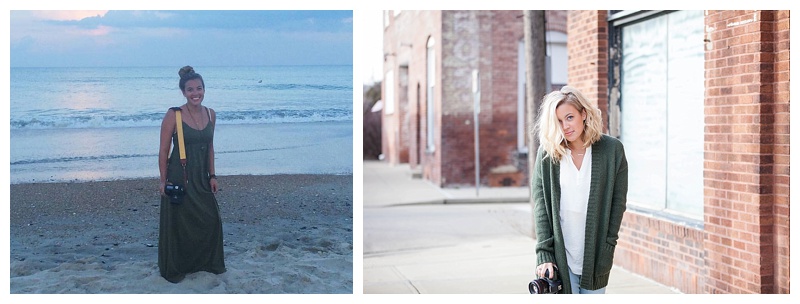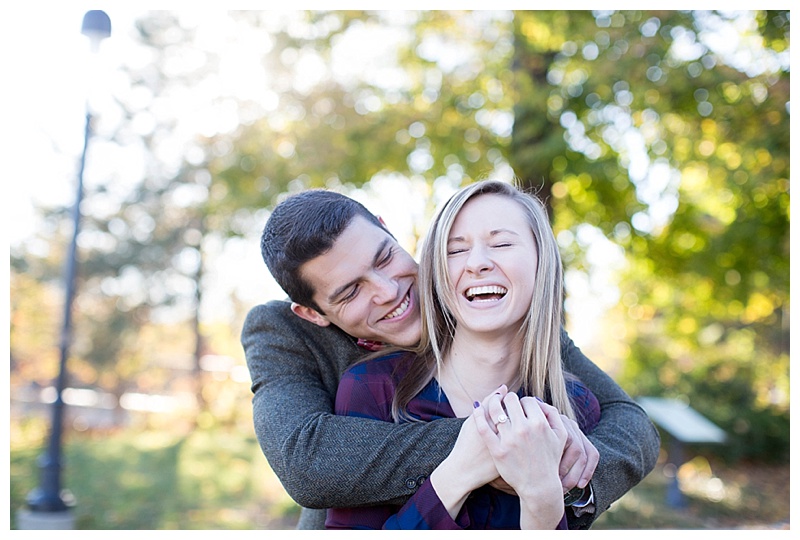Despite what you may think, you can start freelancing today. You don’t even have to wait until you’ve set up a website, a Facebook page, printed business cards and worked on your SEO before starting to use your skills to generate a side or full-time income. Use the steps bellow to save hundreds of hours on missteps and planning. Get paid immediately.
Get 3 clients
A couple of years ago I thought I needed to do a large list of things before getting paid for photography. I remember thinking that if I just did a couple more photo-shoots to strengthen my portfolio, updated my website, and worked on my online presence a little longer, then my dream clients would magically find me. I quickly learned that I was spending too much time on my business instead of testing the market for the services I was offering. I tried a different approach. I started contacting people I already knew – family, friends, and potential clients, to offer my services. I got jobs right away.
Whether you have a 9-5 job and want to earn some extra income on the side or want to convert to freelancing full time, the first step is to get 3 clients (or more). Do this by thinking of what skills you already have, and letting people know about what you do. Pitching specific projects to people that they haven’t even thought of yet is a good idea. For example, if you want to be a portrait photographer you can offer romantic photoshoots to couples you know, with visual references of what the final product will look like. Once you’ve worked on a couple of jobs, you’re onto something.
You can use this email template to send to potential clients.
Hi —Name—,
My name is Alice Zilberberg and I am a Toronto photographer and visual artist. I am a big fan of your work, particularly the project you did for ________.
While looking at your work, I began to realize that my work could greatly compliment your – Name of trade—.
I believe my photography could add hints of flavor, style, and realism to your –
Types of projects –. I would love to have the chance to do some photography work for you. I’m sure you have a project or two in the back of your head that you haven’t had time to work on. Let me do it for you!
A little bit about me: I am a graduate of Ryerson University’s Photography program. My work has been exhibited across Canada, the US and Japan, and published internationally, most recently in PHOTO+ Magazine in Seoul, Korea. My work sells in international auctions and has won several awards, including Applied Arts Photography Award and Magenta Foundation’s Best Emerging Photographer in Canada.
You can give me a call at ###. You can also check out some samples of my work here: [website]
Thank you for your time,
Alice.

Get Referrals
The second step is to generate more clients from the clients you already have. Referrals generate the biggest percentage of new income for freelancers. Get referrals by contacting your existing clients to ask them to forward your information to 3 or more people who may be interested. I’ve found that if people get introduced to your work from someone they know instead of getting an email from someone they don’t know (even if your work is great), it is much more effective.
Use this email template for your clients to send to their contacts:
Hi —Name—
How are you? Well, I hope! Did you have a good time at — last Friday?
Just wanted to let you know about this Photographer friend of mine who is based in Toronto and New York. She is a great photographer, very nice to work with and I thought you might be interested in her services, for –business name–. This is her website www.alicezilberberg.com
Have a great day and I hope to see you soon.
All the best
-Your name

Note: It’s important to keep in touch with your clients. Your relationship with them should be similar to a friendship. Don’t disappear after you’ve done a job for someone, and only contact them when you need something. You never know when someone from years ago might contact you again or direct a friend to your business. If you don’t keep in touch, they may forget about you. This could simply come in the form of putting them on your mailing list, adding them on Facebook so they can see your posts, or just sending them an email to say hello every once in a while.
Different income streams within your field
When I started, I thought that concentrating on just doing fashion photography and ignoring everything else would keep me focused and get the most results. This is the wrong approach when you’re starting out (and even once you’ve advanced). Finding different sources of income within your field is the best way to test things out and get paid more. I started offering lessons, photo-retouching services, and offering my fine-art photography for licensing. The result? I’ve now created my own retouching company, www.betterpix.com, where I’ve hired a team of freelancers to take retouching jobs from across the globe, and my fine-art photography is being featured on the set of a TV show this month. These are completely passive streams of income for me.
Start thinking of ways you can expand your services and test if there’s a demand for it. If you do art photography, maybe you can offer your images to be licensed for band album covers.
Extra steps
Marketing your work online is important, and should by no means be dismissed. After you’ve started freelancing and identified a demand for your services, focus some effort on websites, social media, and your online presence. You may want to hire a virtual assistant with a service like AskSunday to help you with SEO, and other time-consuming tasks. This way you can spend your time and energy on the things that really matter! Like photography!
What steps have you taken to start your freelancing business? Have you generated creative income streams from your services? Comment bellow and let me know what else you’ve thought about!









